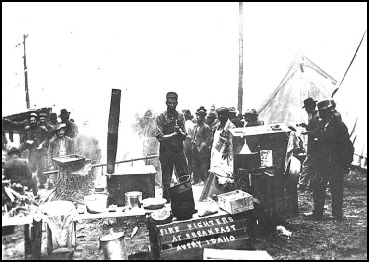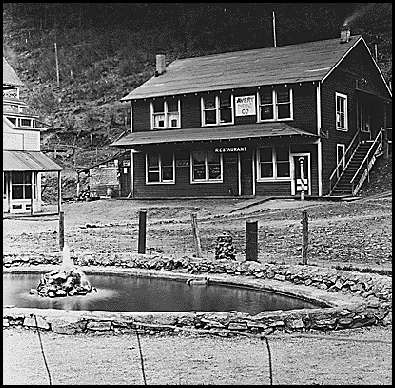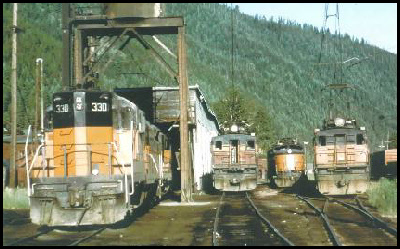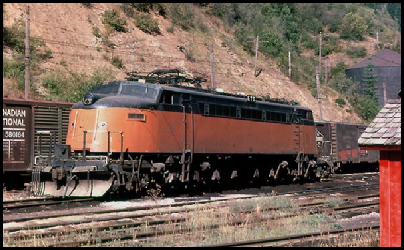

To the Upper St. Joe River
at the

The timber industry also played an important role in the history and economy of the town as logging camps were numerous in the surrounding forest. Logs that were not trucked almost 60 miles down-river to St. Maries were sorted and sent by rail from Avery to surrounding mills from Lewiston in the south and to Coeur d’Alene in the north.
A Brief History of Avery...
Avery was founded as a railroad town located on the main line of the Chicago Milwaukee, St. Paul and Pacific Railroad, later known as the Milwaukee Road. The town served as a transition point for the railroad where the coal or diesel locomotives of the trains were switched over to electric engines designed to cross the Bitterroot range into Montana.

Avery Fish Pond, Early 1900’s

Early 1970’s

Early 1970’s
Avery is also recognized as the epicenter of the Great Fire of 1910 where about 30 firefighters lost there lives only seven miles from the town, and only due to the actions of a few railroad employees was the town of Avery saved from the wrath of the “big blowup”.
Although the railroad, and much of the logging industry, are now gone Avery remains a rural community that is proud of it's heritage and adapting to a far different economy from which it was founded. The town now serves in most part as as a recreational hub for the endless outdoor activities provided by the beautiful country of St. Joe River drainage.
1910 Firefighters at breakfast in Avery, Idaho.